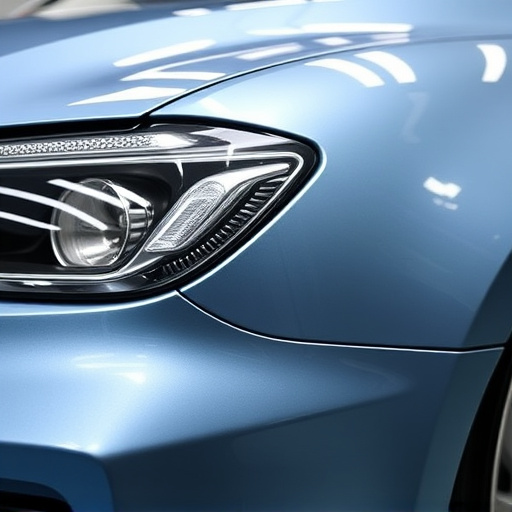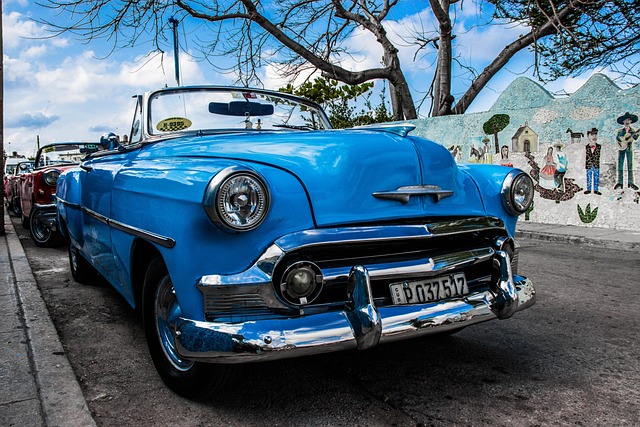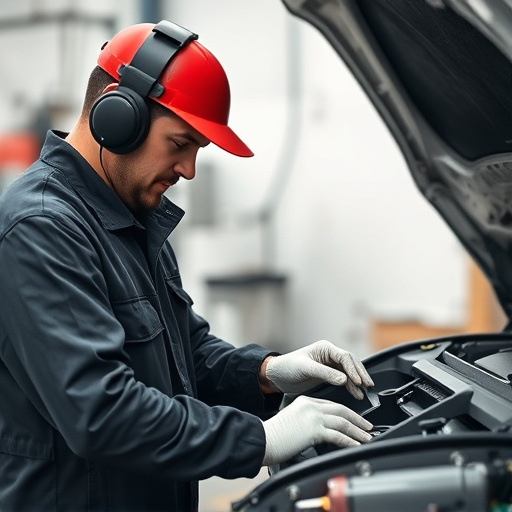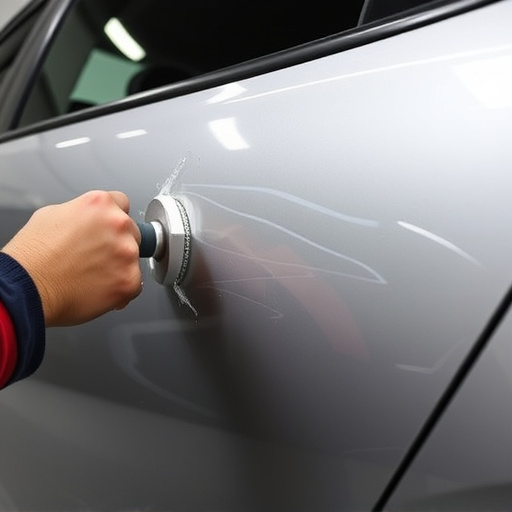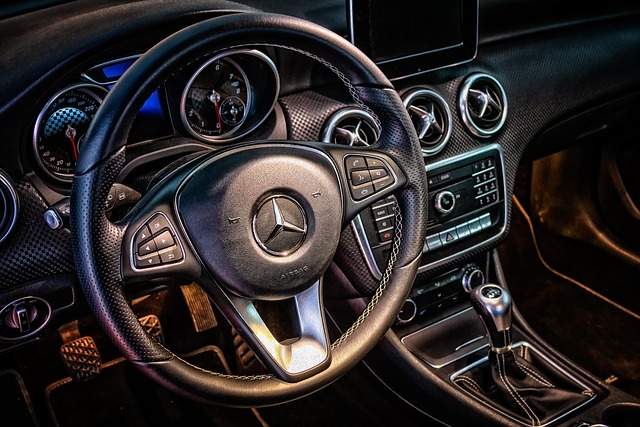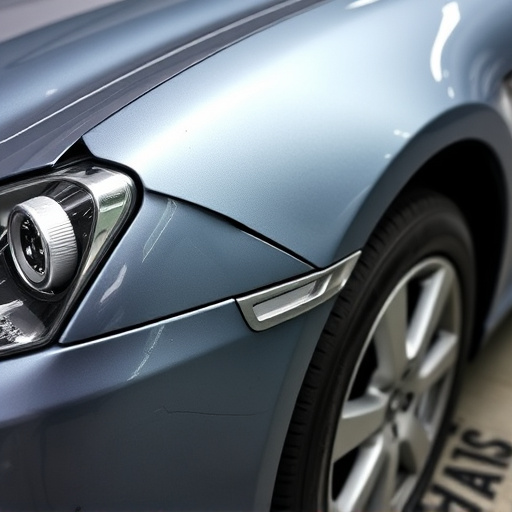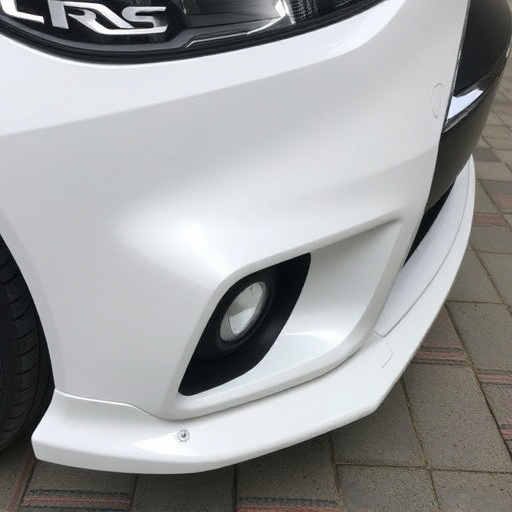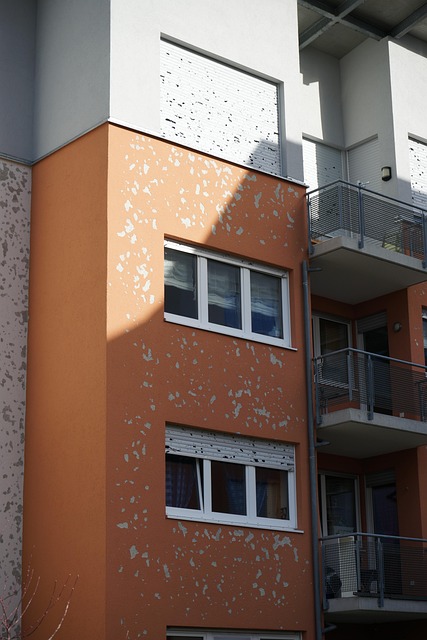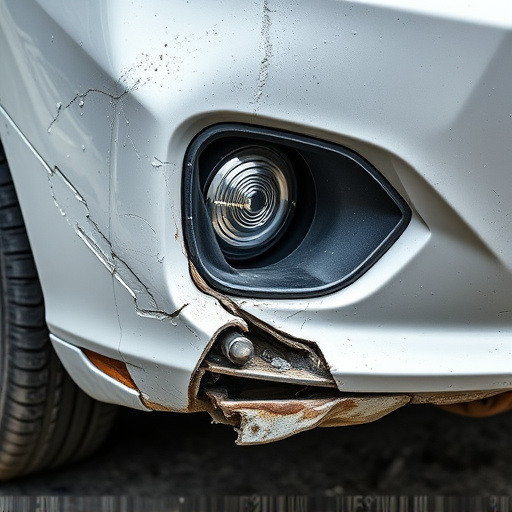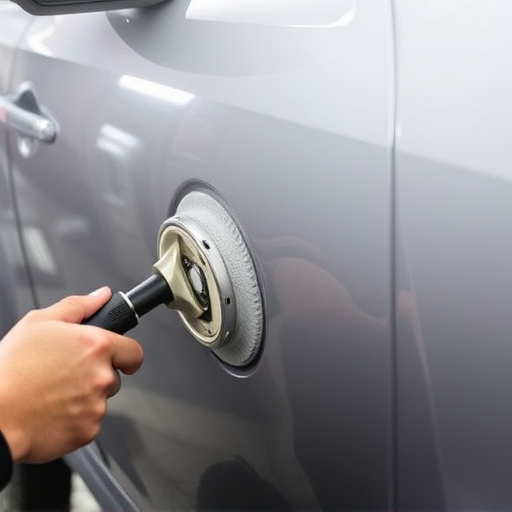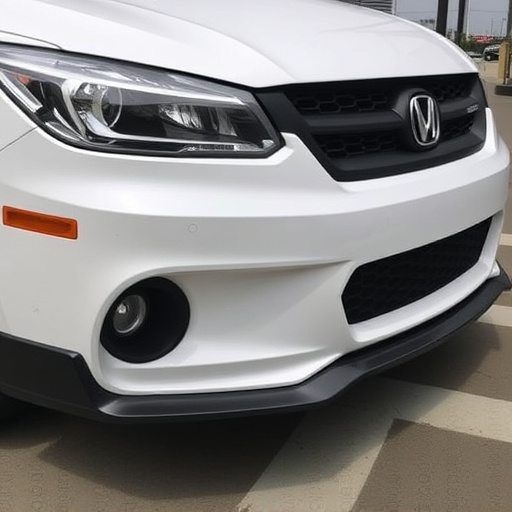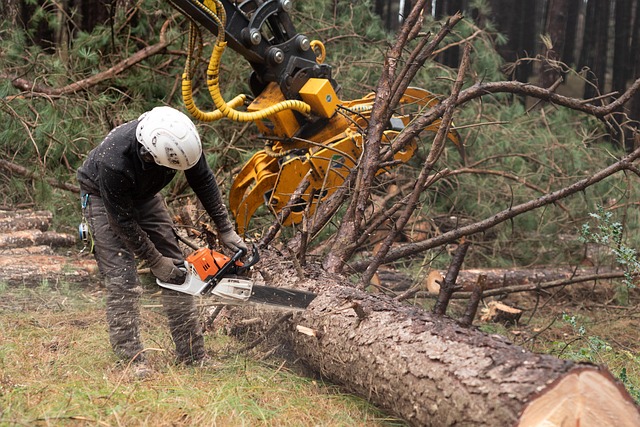Assessing damage is paramount in pickup truck body repair. Inspect the vehicle thoroughly using tools like flashlights and cameras to document the extent of harm, from minor dents to structural issues. Plan repairs by identifying needed replacements or refinishing, sourcing genuine parts, and considering suitable tools for minor work. For complex collision repair, enlist experienced technicians for a flawless finish matching original specifications. Major damage requiring professional welding or part replacement should be handled by skilled mechanics, while minor issues can often be addressed with DIY methods or touch-up painting.
Looking to master the art of pickup truck body repair? This comprehensive guide is your go-to resource for achieving flawless results. Discover 10 essential tips that cover everything from assessing damage and planning repairs, to mastering techniques and tools, and finishing with a long-lasting, professional touch. Elevate your skills and ensure your truck’s exterior looks as good as new with these proven strategies tailored specifically for pickup truck body repair.
- Assessing Damage and Planning Repairs
- – Inspecting the truck body thoroughly
- – Identifying major vs minor damage
Assessing Damage and Planning Repairs

Assessing damage is the first crucial step in any pickup truck body repair process. Before diving into repairs, thoroughly inspect the vehicle for dents, dings, scratches, and other types of damage. Utilize a flashlight to peer into hard-to-reach areas and ensure you have a comprehensive understanding of the extent of the harm. Take detailed pictures from various angles as documentation for insurance purposes and future reference.
Once the damage is clearly identified, planning repairs becomes more manageable. Determine which panels need replacement or refinishing, and source genuine parts compatible with your pickup truck model. For minor fender repair or body dent removal, consider using specialized tools like pneumatic hammers and putty knives. In cases of more complex automotive collision repair, enlisting the help of experienced technicians is advisable to achieve a flawless finish that matches the vehicle’s original specifications.
– Inspecting the truck body thoroughly

Before initiating any pickup truck body repair, a thorough inspection is non-negotiable. This meticulous process involves scanning every nook and cranny of the vehicle for signs of damage, from dents and dings to more severe structural issues. Utilizing advanced diagnostic tools can aid in identifying hidden problems that might go unnoticed during a visual inspection alone. Remember, an accurate assessment forms the bedrock of successful repairs, ensuring your efforts are tailored to meet the truck’s unique needs.
During this phase, pay special attention to areas prone to damage, such as the fenders, doors, and bed. Check for alignment issues that might have arisen from the impact, which could affect the overall stability and safety of the pickup truck. Consulting with a seasoned automotive body shop expert can provide valuable insights into common problem zones and best practices for addressing them effectively, be it in-house or at an auto collision repair facility.
– Identifying major vs minor damage

When tackling pickup truck body repair, distinguishing between major and minor damage is crucial for successful restoration. Major damage typically involves structural components like frames, panels, or doors that have been bent, cracked, or completely detached from the vehicle. These issues often require professional welding, straightening, or even complete replacement parts to ensure safety and structural integrity. Minor damages, on the other hand, include dings, scratches, and small dents that might not affect the truck’s performance or stability.
While minor damage can be addressed with DIY methods like dent removal kits or touch-up painting from an automotive body shop, major repairs usually necessitate the expertise of a skilled mechanic or auto painter. An automotive repair specialist can accurately assess the extent of the damage, recommend appropriate restoration techniques, and ensure that the truck’s body is not only aesthetically pleasing but also safe to drive on the road.
When it comes to pickup truck body repair, a well-planned approach is key to achieving successful results. By meticulously assessing the damage and prioritizing repairs based on severity, you can ensure that your truck not only looks its best but also maintains its structural integrity. Remember, proper planning and attention to detail will make all the difference in the final outcome of your pickup truck body repair project.
